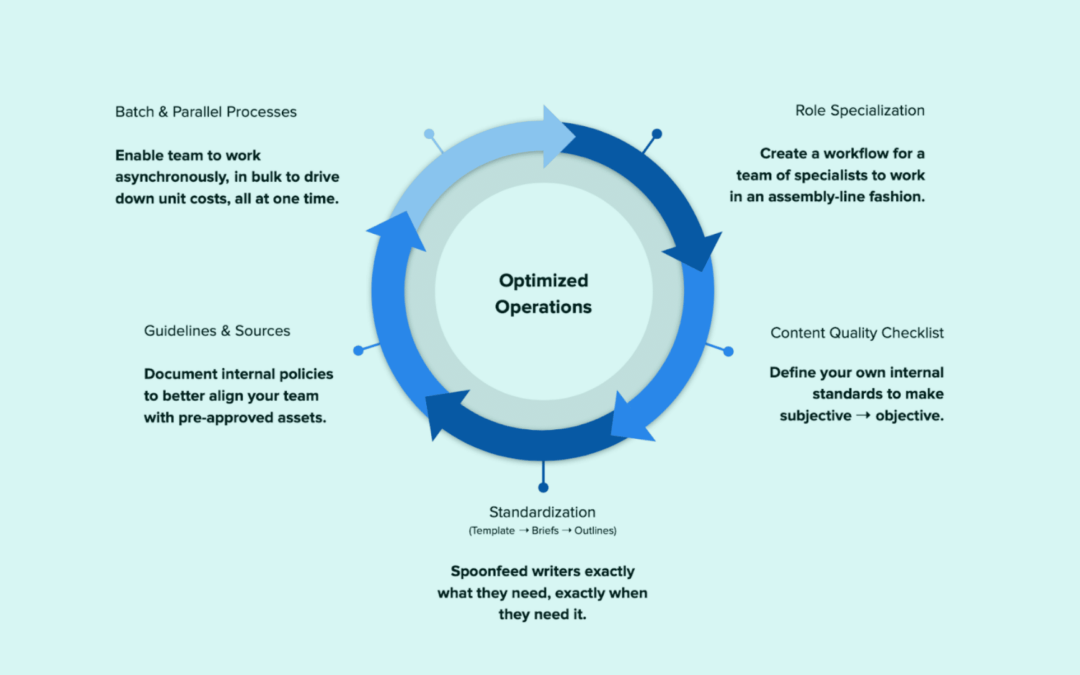In todays digital landscape, harnessing the power of search engine optimization (SEO) is essential not only for driving traffic to your website but also for keeping readers engaged with your content. Mastering SEO-optimized content creation requires a combination of proper keyword usage, engaging headlines, and high-quality content. In this article, well cover the basics of creating SEO-friendly content and provide you with some helpful tips along the way.
Understanding Keywords
Keywords play an essential role in helping search engines understand the topic and relevance of a piece of content. By using targeted and relevant keywords, you increase the chances that your content will rank higher in search engine results. Keyword research is a crucial first step in creating optimized content, as it helps you identify what your audience is searching for and how you can cater to those specific search queries.
Importance of Keyword Usage
When incorporating keywords into your content, its essential to maintain a balance between natural readability and optimization. Overusing a keyword, known as keyword stuffing, can result in search engines penalizing your content, burial in search results, or even removal from the index altogether. Aim to keep your target keyword usage between 1-2% of your total word count. Consider utilizing synonyms or semantically relevant phrases as well to improve your contents optimization without compromising readability.
Crafting Compelling Headlines
Contemporary internet users value their time and attention, so its crucial to craft headlines that entice them to click and read your content. A compelling headline should clearly showcase the value a reader will receive from reading your content and should inspire curiosity. Take time to create captivating headlines for your content, as they are your first opportunity to grab your audiences attention – a crucial element in successful SEO optimization.
Structuring Your Content
Content structure is an often-overlooked element of SEO optimization. A well-structured piece of content is easy to read, digest, and navigate. Consider breaking up large blocks of text with headings, subheadings, and paragraphs to make your content more accessible to readers, as well as to search engines. Attention to the hierarchy of headings with H1, H2, and H3 tags can significantly improve your contents readability and organization.
The Power of Meta Descriptions
Meta descriptions are short snippets of text that describe your content and should entice users to click on your page in search engine results. Creating a unique and captivating meta description for each piece of content can significantly improve your click-through rate and ultimately drive more traffic to your website. Keep in mind that meta descriptions should be concise, informative, and contain your target keyword for best optimization purposes.
Optimizing for User Intent
Search engines strive to provide users with the most relevant and helpful content possible. Therefore, its crucial to consider user intent when creating SEO-optimized content. Google, for instance, prioritizes content that addresses the users search query rather than merely focusing on keyword usage. By ensuring your content is informative and useful, you can vastly improve the likelihood of ranking high in search engine results and receiving more organic traffic.
Keeping Content Fresh
Lastly, search engines appreciate fresh and updated content, and your readers do too. Regularly updating your content can improve your rankings in search engine results as well as keep your audience engaged with your brand. Ensure that your content remains relevant, informative, and up-to-date to maintain a competitive edge in the ever-evolving digital landscape.
In Conclusion
Mastering SEO-optimized content creation involves a harmonious blend of keyword research, headline crafting, content structuring, meta description optimization, and user intent consideration. By incorporating these strategies and remaining aware of current best practices, youll be well on your way to creating content that ranks higher in search engine results and captivates your audience. Remember that SEO is an ongoing process; stay adaptable, monitor your performance, and refine your approach as needed to enjoy lasting success in your content creation endeavors.
